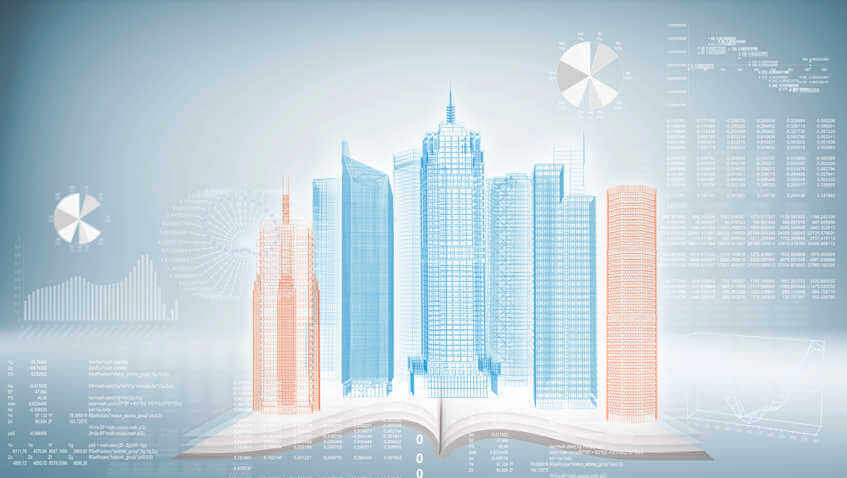Designing Modern Intelligent Buildings
We have smart phones and smart cars, so it's only appropriate to start having smart buildings. One sector that is pushing this forward are energy management systems (EMS) that help owners monitor and control their energy usage.
The idea of an intelligent building was in fact an old idea dating backing to the 1970s where it started in the industrial sector, modularized in the 1980s and eventually evolved to incorporate sustainability in the past decade. It is now increasingly more common to see EMS technology deployed for commercial, industrial and residential buildings to help owners manage their energy cost decisions.
Role of Energy Management System in Intelligent Building
Intelligent building design makes use of the latest technology and process to create a building that is safer, more comfortable and productive for its occupants. It delivers a system that is more operationally efficient by facilitating the management process for owners. Intelligent buildings fall under numerous categories and we will focus on the energy management side for this article. For a design to be an intelligent building it needs to be modelled in four areas:
Structure
Modern building design needs to be structurally flexible incorporating natural light, air and heating sources while maximizing the energy efficiency potential of generated resources. No longer are walls and ceilings designed to just designate an area, it needs to be built to optimize all resources that enter and leave that space. This includes space saving designs that improved the comfort, productivity, and connectivity of the environment. It is commonly understood that an optimized environment promotes efficiency thus creating greater value for facilities.

Service
Service is seen as how well information flows in and out of a building to its occupants and to the outside world. Energy management systems have traditionally used a wired communication system with RS485 ports to relay field data, however, modules with Ethernet ports are becoming increasingly popular as a way to link the data online through a wired or wireless solution. Some of the most common protocols used are Modbus, BACnet, Profibus, and DNP 3.0.
System
While services indicate how well a building communicates, the system describe its health. It ensures the building arteries are well ventilated, electrical wiring is sufficient, and temperature distribution is designated to the right areas. With any flow of traffic their needs to be checkpoints that can monitor and deliver real-time diagnosis. Energy management systems includepower metersto provide junctures that are capable of reading kilowatt-per-hour energy usage of tenant subunits, manufacturing facilities or data centers.
ManagementThis provides tenants, owners and managers useful information to make decisions regarding efficiency for electricity, water, gas and heat. Cloud-based reports can provide valuable insight on daily operations or lifestyle choices that can be optimized to reduce energy cost during billing cycles. With the advance of web-based technologies reports can be accessible anywhere with an Internet connection. This provides the ability to manage cost decisions without being on-site.
Power meters form an essential part of any intelligent building design that integrate seamlessly with energy management systems. Application are tended for energy professionals, energy saving companies, and building managers. It provides the benefit of reducing energy and operational cost and increasing productivity by automating key analytics and report giving managers the ability to control the flow of energy usage. More specifically, it provides real time energy monitoring, measurement and verification (M&V), IPMVP reporting, energy efficiency monitoring and analysis, utility meter integration, carbon footprint and cost allocation analysis.

